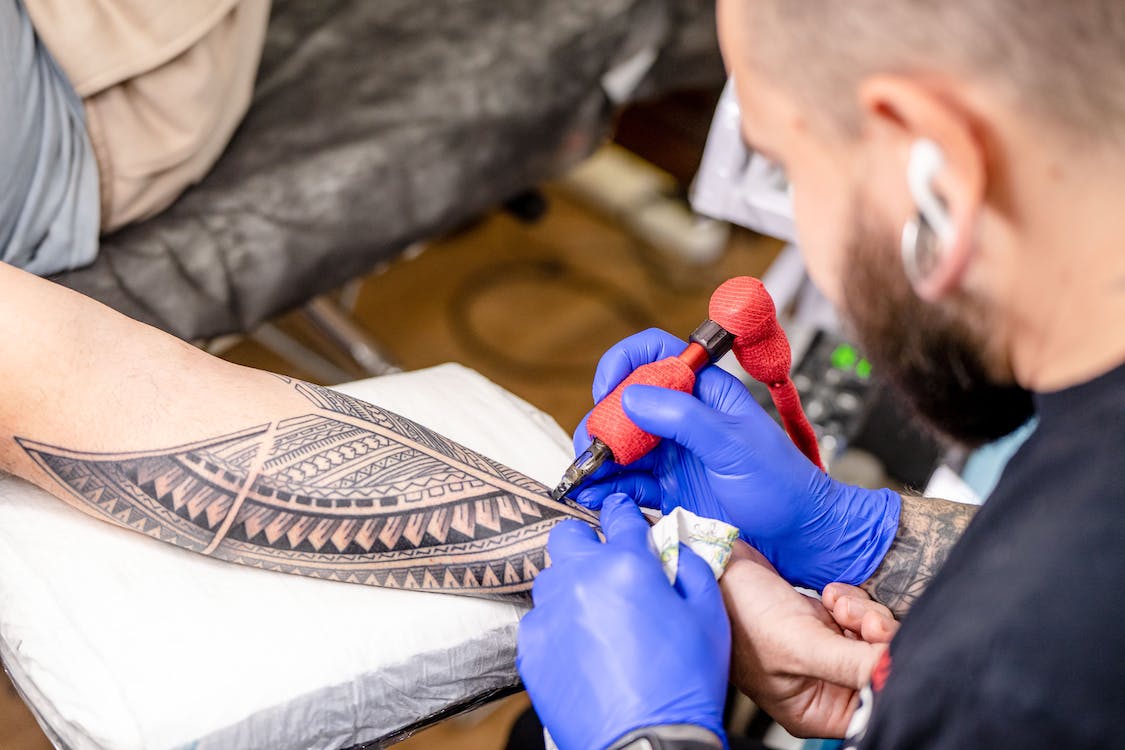Does it hurt to get a tattoo? It’s the first question that almost everyone has when they consider getting a tattoo for the first time. The decision to get a tattoo is big, and it’s not just scary from the standpoint of pain. Getting a tattoo isn’t a big deal if you take your time and do your research. According to a survey conducted by the Australian Institute of Health and Welfare in 2018, approximately 16% of Australians aged 16-85 have at least one tattoo and the most common reasons for getting a tattoo are for personal expression (60%), to commemorate a special occasion (21%), and for cultural or religious reasons (11%).
A tattoo is a long-lasting and permanent change you will make to your body. So it’s essential to research and prepare for the procedure before getting a tattoo. We have simplified your task by compiling a list of important things to consider before getting permanently inked.
Read and Research
Find a trustworthy tattoo artist before you take the plunge. It’s the most important but basic step to take. Ask your tattooed friends for recommendations. Also, Instagram or Google can point you in the right direction. Check out the place before scheduling a consultation with the artist to discuss pricing and any questions you may have. Also, make sure the artist uses brand-new ink and single-use needles.
Design and Placement
A tattoo can last almost a lifetime, so think twice before getting one. Whether it’s a mesmerizing mermaid or a similar design as your BFF’s, make sure the tattoo makes you happy. Also, be certain before getting someone’s name tattooed on your body. As tattoo removal procedures are both painful and expensive, you don’t want to end up regretting it and wanting to get rid of it.
The pain you experience while getting a tattoo depends on its size and location on your body. Tattoos with small or delicate lines that are placed on fleshier parts of your body typically hurt the least.
You can get a tattoo on any part of your body, but tattoo artists advise picking a less painful location for your first tattoo. Starting with tattoos on your wrist or forearm is usually pretty simple, but a pinch test is an excellent way to determine which body parts might be more sensitive.
Previous Day Preps
Avoid drinking alcohol the night before getting a tattoo, and eat well and stay hydrated. Drink plenty of water for 24 hours before your appointment. Your artist’s job will go much more smoothly because hydrated skin absorbs ink much better than dehydrated skin. Removing any hair from the area that will be inked is also a good idea. It is a customary courtesy and saves time. You can enhance the look of your tattoo later by opting for treatments such as electrolysis for permanent hair removal women.
After Getting Inked
One of the most crucial phases of getting a tattoo comes after your appointment: aftercare. It’s normal to experience swelling, redness, inflammation, or tenderness in your skin afterward, but avoid applying too much pressure or rubbing. Visit your doctor as soon as possible if you experience any adverse side effects. A new tattoo is a wound that heals in about two weeks. To avoid infections, strictly adhere to the aftercare instructions. Always keep it dry and clean. It will become dry, tight, and itchy after a few days. The more you hydrate it and protect it from the sun, the longer the tattoo will last. Wash your skin every day with a mild, unscented soap. Avoid scratchy materials like wool, which can harm the artwork, and always wear SPF to prevent fading.
Everyone looks forward to getting a tattoo because it is an exciting experience. The better prepared you are, the more enjoyable your session will be for you and your artist.

